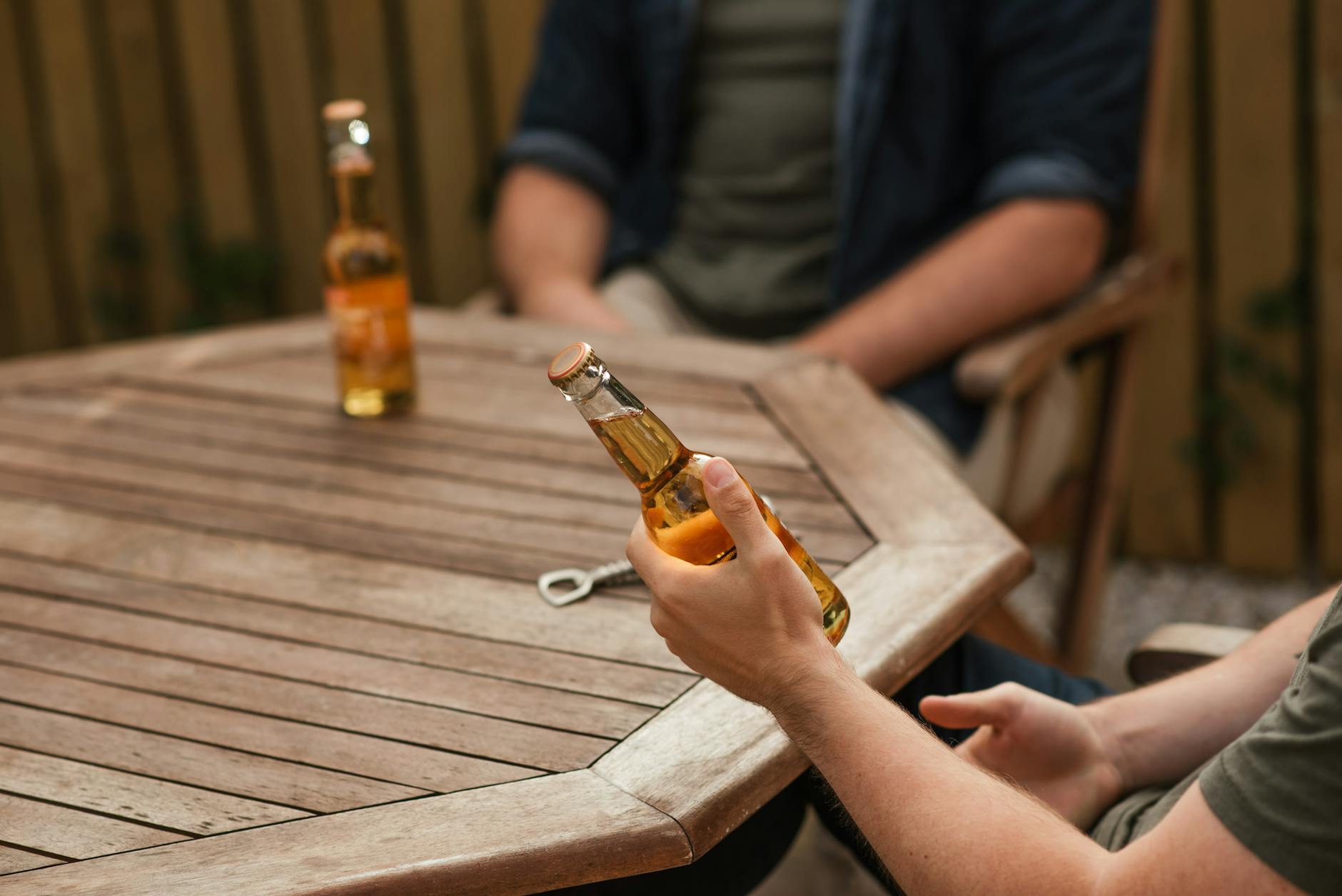Curious about the science behind getting tipsy? Discover how many beers it really takes to get drunk in this post.
Table of Contents
Have you ever found yourself pondering the question, “How many beers does it take to get drunk?” It’s a common query that speaks to the intricate relationship between alcohol consumption, metabolism, and individual tolerance levels. In this blog post, we’ll delve into the science behind intoxication, exploring the factors that influence how many beers it might take for someone to feel the effects of alcohol.
Alcohol Metabolism
When you consume alcohol, your body begins the process of breaking it down through a series of metabolic pathways. The liver plays a key role in this process, as it works to convert alcohol into acetaldehyde and then finally into acetic acid. The rate at which your body metabolizes alcohol can vary based on a variety of factors, including genetics, age, and overall liver health.
Understanding alcohol metabolism is crucial in understanding intoxication levels. The faster your body can metabolize alcohol, the quicker you may feel its effects. This is why some individuals may be able to drink more alcohol before feeling drunk, while others may become intoxicated more quickly.
Individual Tolerance Levels
One of the most significant factors influencing how many beers it takes to get drunk is an individual’s tolerance to alcohol. Tolerance can vary widely among individuals and is influenced by a variety of factors, including genetics, drinking habits, and overall health.
Individuals with a higher tolerance to alcohol may require more beers to feel intoxicated, while those with a lower tolerance may feel the effects after just one or two drinks. It’s essential to know your own tolerance level and drink responsibly to avoid the risks associated with overconsumption.
Factors Influencing Intoxication
Several factors can influence how drunk someone gets from drinking beer. Genetics play a significant role, as certain genetic variations can impact how efficiently your body metabolizes alcohol. body weight is another crucial factor, as a person’s size can affect how alcohol is distributed throughout the body.
Food consumption can also influence intoxication levels. Drinking on an empty stomach can lead to alcohol being absorbed more quickly into the bloodstream, potentially increasing the likelihood of feeling drunk. It’s essential to consider these factors when determining how many beers it might take for you to feel intoxicated.
Conclusion
Ultimately, the question of how many beers it takes to get drunk is a complex one with no definitive answer. The number of beers required for intoxication can vary widely based on individual factors such as metabolism, tolerance, and overall health.
By understanding the science behind alcohol metabolism, individual tolerance levels, and the various factors that influence intoxication, you can make informed decisions about your alcohol consumption. Whether you choose to enjoy a beer or two responsibly or opt to abstain altogether, the key is to prioritize your well-being and safety when it comes to drinking.
Remember, knowing your limits and practicing responsible drinking habits can help you avoid the potential risks associated with overconsumption and ensure a safe and enjoyable drinking experience.
FAQs
How does body weight impact alcohol intoxication?
Body weight can affect how alcohol is distributed in the body. Generally, the more body weight a person has, the more water is present to dilute alcohol, potentially leading to lower blood alcohol concentrations.
Can genetics influence how quickly someone gets drunk?
Yes, certain genetic variations can impact how efficiently the body metabolizes alcohol, affecting how quickly someone may feel intoxicated after consuming beer.
Is it true that drinking on an empty stomach can make you feel drunk faster?
Yes, consuming alcohol on an empty stomach can lead to quicker absorption into the bloodstream, potentially increasing the chances of feeling drunk sooner.
How can I determine my alcohol tolerance level?
Understanding your alcohol tolerance requires self-awareness and observation of how your body reacts to different amounts of alcohol. Start by monitoring your feelings and behavior after consuming alcohol to gauge your tolerance level accurately.


Leave a Reply